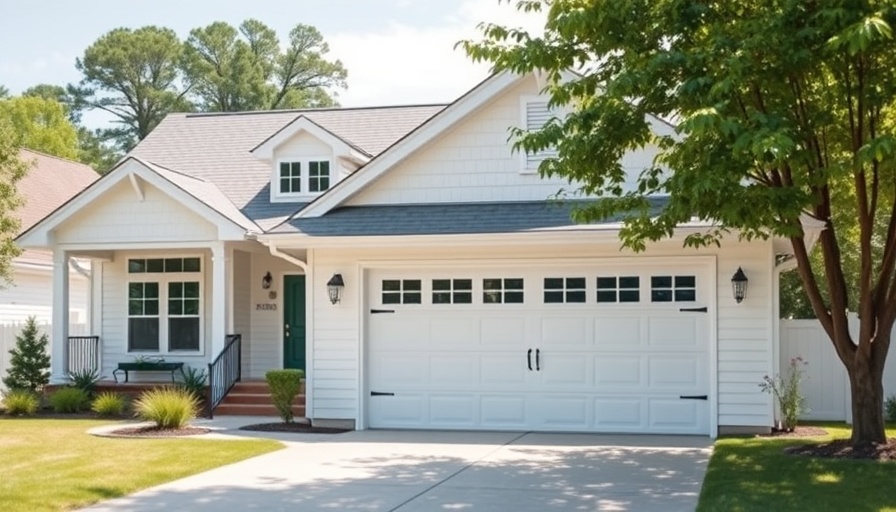
Beat the Heat: Essential Tips for a Cooler Garage
As summer rolls around, we’re not just concerned about our indoor living spaces; our garages need special attention too. These often neglected areas can become sweltering hot, impacting everything from stored items to the comfort of your home. Fortunately, experts have some clever tricks to help keep your garage cooler without breaking the bank.
Understanding the Garage Heat Problem
Garages are usually enclosed spaces with limited ventilation. They can absorb heat from the sun and your vehicles, making them unbearably hot during summer months. This issue is not just a comfort concern but can also affect items you store there—from delicate tools to important documents. Heat buildup can damage these items or create uncomfortable working conditions.
Investing in Insulation—Your Secret Weapon
One of the most effective methods to keep your garage cool is proper insulation. Insulating garage doors, walls, and ceilings not only helps maintain cooler temperatures but also improves energy efficiency. Experts recommend using foam board insulation or fiberglass to create a barrier against the heat.
Ventilation Matters: Let the Hot Air Escape
Proper ventilation is a must for any garage looking to fight summer heat. This can be achieved through passive ventilation options like vents or active solutions like exhaust fans. By installing a fan, you can circulate air and expel heated air out of the garage, making it a more pleasant space.
Cooling Gadgets: Technology to the Rescue
Your smartphone can be your best friend in maintaining a cool garage. Smart thermostats and fans can be remotely controlled to turn on at high temperatures. Additionally, portable air conditioning units or evaporative coolers can be excellent solutions to combat the summer heat. Many modern solutions are energy-efficient, making them a smart investment.
Shading and Outdoor Solutions
If your garage windows are getting direct sunlight, consider installing reflective window film or shades. This simple addition can significantly reduce heat absorption. Additionally, planting trees or installing awnings can provide shade and further reduce the temperature inside.
How to Manage Your Garage Layout
Lastly, consider how you organize your garage. Keep heavy, heat-absorbing items away from walls and windows that face the sun. Instead, create zones to help facilitate airflow and reduce heat transfer. This simple reorganization can make all the difference on hot days.
By combining these strategies, you can turn your garage from a furnace into a cool, functional space. Don’t let the summer sun ruin your garage activities. With a little planning and some smart adjustments, you can maintain a comfortable environment for both you and your belongings.
 Add Row
Add Row  Add
Add 



Write A Comment